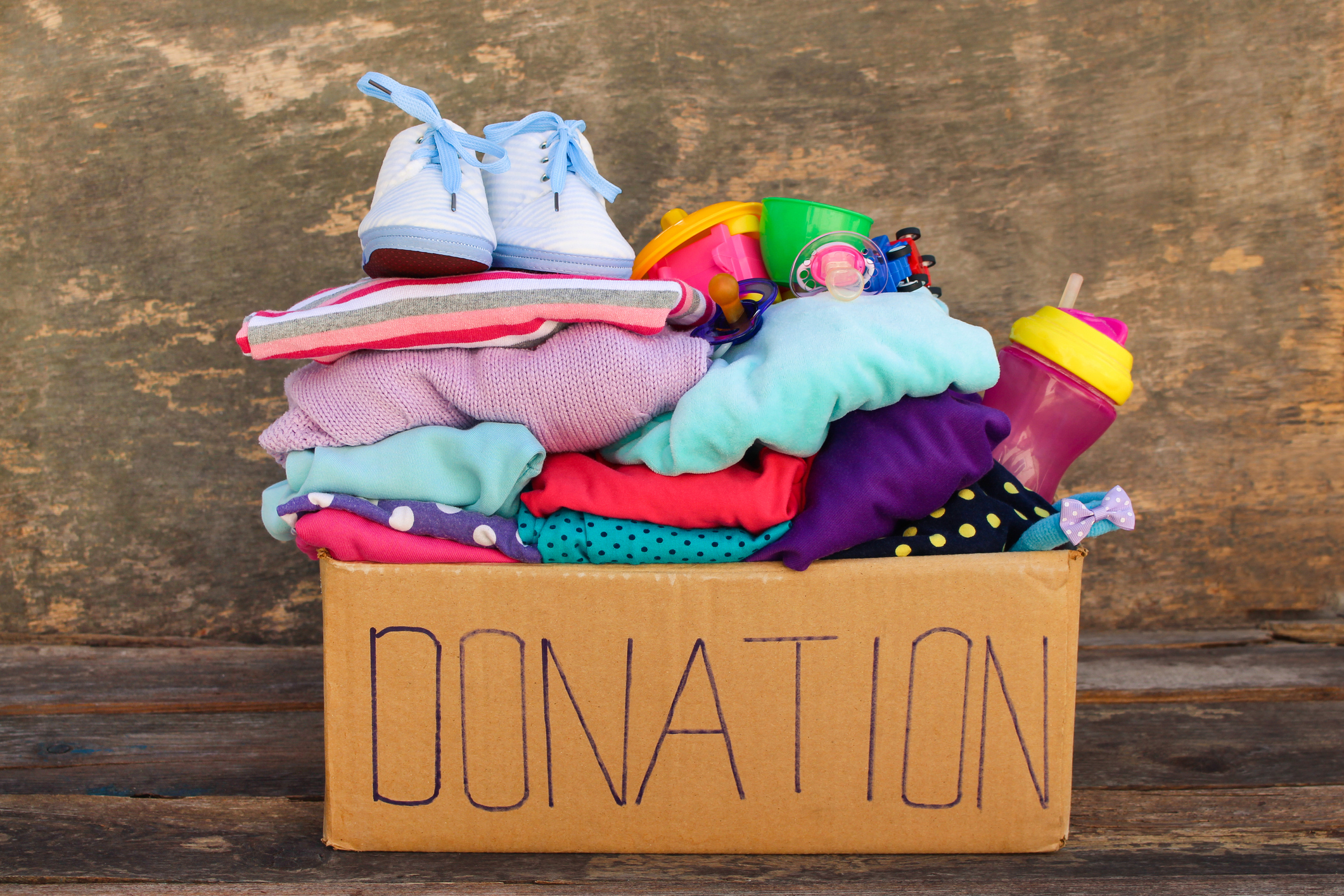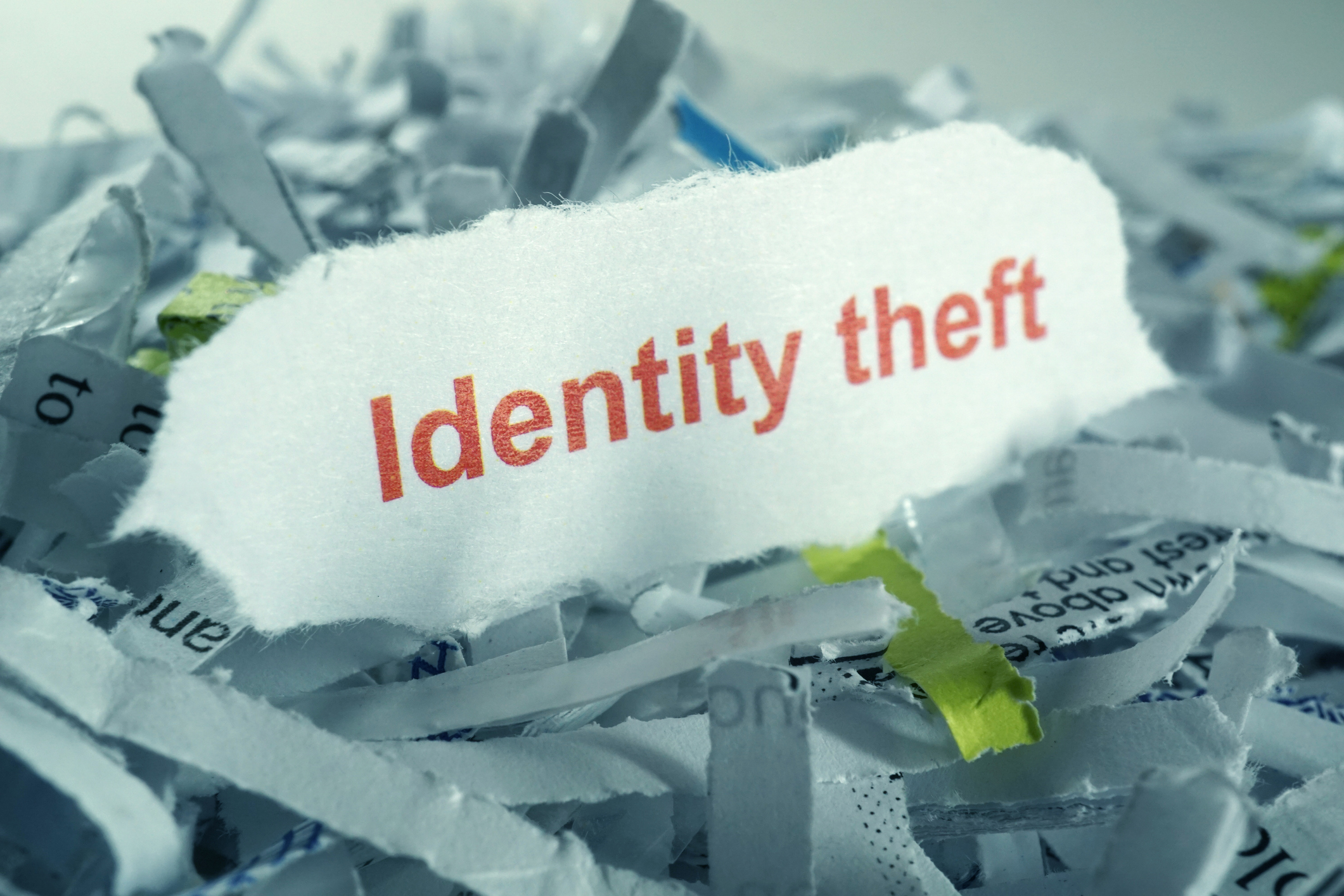The New Lease Accounting Standard Is Here — Is Your Healthcare Entity Ready?
- Contributor
- Bryan Hall
Jan 12, 2023
It’s been coming down the pike for years, and now it’s here. Are you ready?
New lease accounting standards from the Financial Accounting Standards Board (FASB) and the Governmental Accounting Standards Board (GASB) now require every for-profit, nonprofit, and governmental entity with leased assets to record these amounts on their balance sheet. These statements require balance sheet accounting for nearly every lease that has a term longer than a year — with accounting as a right-of-use asset and a corresponding lease liability.
GASB Statement No. 87, Leases, became applicable for governments in fiscal years beginning after June 15, 2021. Public companies have been required to comply with the FASB Accounting Standards Codification (ASC) 842, Leases, since 2019, and non-public entities (including nonprofits) were supposed to follow suit in 2020. However, due to the pandemic, FASB extended the implementation date, making the standard effective for annual reporting periods of private companies beginning after December 15, 2021. This is important, as it is the rare case where GASB entities are applying a standard before (nonpublic) FASB entities.
Impact to Healthcare Providers
From facilities, MRI machines, and surgical robots to the ubiquitous printers, fax, and copy machines, hospitals and other healthcare entities rely on many leased assets for day-to-day operations.
Given the quantity and dollar amount of these leases, implementing the new lease accounting rules requires significant time and human resources. The volume and nature of the leases also increases the chances that the accompanying balance sheet impact will be material to the entity’s financial statements.
To collect and report the required information, some of which may be nonexistent or outdated, many organizations need new software or even dedicated personnel. The addition of a significant lease liability may also skew financial covenants and even push bonds out of compliance — or, in any event, likely require a conversation with existing debt holders.
How to Get Started
With year-end upon us, if your healthcare organization has not fully adopted the lease accounting rules, there’s no time to lose. Here’s a checklist to help you make sure you’ve got your ducks in a row.
Take inventory. The first step is to identify all existing leases, which isn’t as simple as it sounds. Your capital and operating lease schedules that you’ve been using for your annual audits* or reviews can give you a good head start, but don’t stop there. Since the requirement to report operating leases on the balance sheet is new, many organizations find that more agreements than they realized meet the definition of a lease (i.e., a contract or agreement that conveys the right to control the use of a specified asset over a period of time in exchange for consideration). Beyond the obvious ones — such as medical buildings, surgery centers, and other leased real estate — certain types of leases can be easy to overlook. Many organizations have what are known as “embedded leases” within IT and other service contracts. For example, a hospital’s cafeteria likely contains leased equipment. Taking a stroll around your facilities can help you identify equipment and other types of leases that you might have missed, as can reviewing the general ledger detail to spot recurring monthly or quarterly payments.
Gather documentation. Next, you’ll need to locate all these lease agreements, including master lease agreements and “evergreen” leases that may have rolled forward for many years. You’ll also need to verify that lease documentation is complete. If multiple departments are able to enter into contract, you’ll need to reach out to key individuals within those departments to gather those documents. In some cases, you might need to procure copies of documents from owners of leased assets. Moving forward, you’ll want to keep clear records of all lease-related activity together, so that documentation is readily available.
Prove it. Your auditors will likely compare your schedule of all annual lease payments to the lease / rent expense from your prior year’s trial balance. If there is a substantial gap between the annual lease payments you have identified and assessed when compared to your prior year’s lease / rent expense, it may indicate that you have missed some leases.
Determine accounting treatment. Each lease agreement must be evaluated to determine how to account for it under the new standard, and it’s not a simple decision. The contract term, renewal options, and lease incentives all come into play when determining the accounting treatment. Then, to determine the actual lease liability to record, you’ll need to calculate the present value of future lease payments — which requires identifying an appropriate discount rate. Keep in mind that FASB allows entities to make an election to apply the risk-free discount rate by class of assets simply by disclosing the election in your financial statement notes. GASB, however, does not offer this alternative to governmental entities.
Track and report. Organizations with just a few leases might find they can manage the task of tracking all this information manually or with an Excel spreadsheet. But, beware, as these numbers can get very large (and very complicated), very fast! If your situation is like many other healthcare entities, the volume and variety of assets your organization leases makes automation a far more cost-effective solution. Look for user-friendly lease accounting software like CRI’s Centralease that will centrally locate your lease agreements and assist you with the calculations, giving you access to retrievable and actionable data now and into the future.
Need Help with Lease Accounting Compliance?
The new FASB and GASB lease accounting standards require fundamentally changing how your organization accounts for and reports leasing activity. As you’re navigating these complex new rules, contact your CRI advisor for help — whether you’re nearing the finish line, or you need help getting off the starter’s block.
Interested in centralizing your lease agreements within a cloud-based, cost-effective dashboard? Stay up to date with the latest GASB and FASB compliance standards with CentraLease, powered by CRI Advanced Analytics.































































































































































































































































































































































































































































